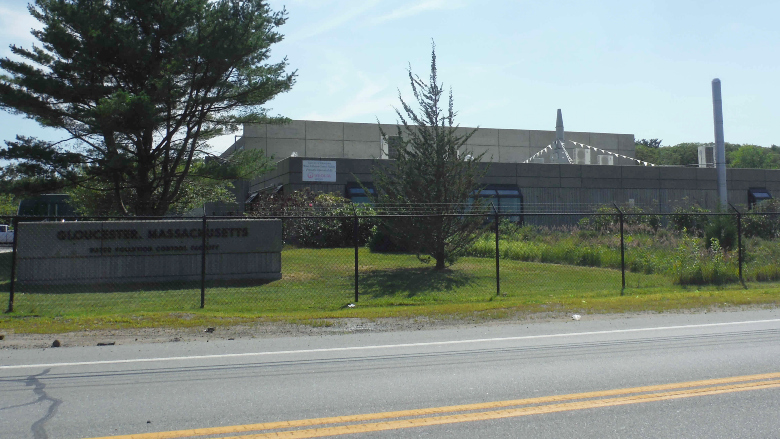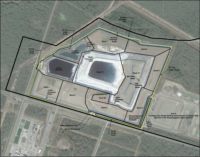The city of Gloucester, Mass., has agreed to add secondary treatment at its water pollution control facility as part of a consent decree with the U.S. Environmental Protection Agency, Dept. of Justice and state officials over alleged Clean Water Act violations. The agreement, announced March 6, is still pending court approval.
The project is estimated to cost between $100 million and $150 million. Design and bidding are due by the end of 2024, and construction is expected to complete by the end of March 2028, city officials say. Quincy, Mass.-based Environmental Partners Group LLC is serving as project manager and Tetra Tech is the designer, according to a city spokesperson.
The Gloucester facility is the last wastewater treatment plant without secondary treatment in New England, MassDEP Acting Commissioner Gary Moran says. Secondary treatment follows primary treatment and uses a mix of physical and biological processes to remove bacteria and other harmful substances to meet more stringent water quality standards.
Gloucester sits on Cape Ann, northeast of Boston. Its treatment plant, which opened in 1984, has been operating without secondary treatment under a Clean Water Act waiver most recently issued in 2001, discharging effluent into Massachusetts Bay. However, EPA and the Massachusetts Dept. of Environmental Protection say the effluent is undertreated, and determined upgrades are needed at the plant.
EPA proposed denying extensions to Gloucester’s waiver over water quality issues as early as 2010. Last year, EPA issued the city a national pollutant discharge elimination system permit to the city, but the permit included pollution limits the current plant cannot meet with primary treatment alone.
David Cash, EPA’s New England regional administrator, said in a statement that the consent decree is the result of years of work between federal, state and local officials to prevent sewage pollution from entering Massachusetts Bay.
“The work required under the proposed settlement will help result in cleaner and healthier water for overburdened communities, and a better-protected environment in nearby areas,” Cash says.
The project represents Gloucester’s largest investment in the plant since it opened, city officials say. To pay for it, they plan to seek funding from the American Rescue Plan Act and Infrastructure Investment and Jobs Act. EPA and MassDEP officials said they would support the city’s efforts to obtain funding assistance. The city also received a $2 million federal appropriation last year to study potential plant improvements.
In a statement, Gloucester Mayor Greg Varga says the “project is a major step toward improving our infrastructure in our community.”






Post a comment to this article
Report Abusive Comment